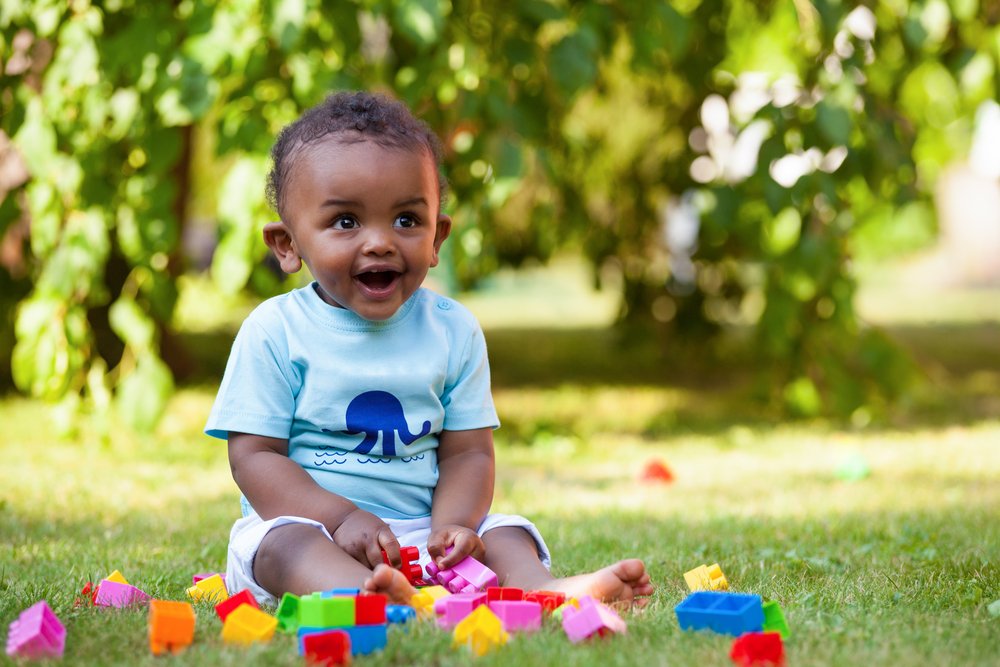Key points:
- Help your baby develop hand and finger strength, control, and coordination from an early age.
- Blocks are a valuable tool for building these skills, starting as early as 10 months.
- As they progress, they develop the pincer grasp, essential for tasks like writing and fine motor skills.
- Block play fosters hand-eye coordination and lays the foundation for future skills.
Previously we said that, from the moment your baby is born, they begin developing hand and finger strength, control, and coordination with even the smallest things. We’ve also talked about how they work to develop their pincer grasp. Since our hands are necessary for almost everything we do, it is very important to help your little one develop these skills every chance you get.
Even though your little one is too young to know how to hold a pencil in a writing position, color with controlled strokes, or manipulate playdough, they can begin building the underlining abilities that will help them manipulate objects and begin making controlled movements with their fingers.
Blocks are a great way to practice this! Their use began in 1693 by John Locke. Afterwards many well-known educators started emphasizing their importance including Friedrich Froebel, Maria Montessori, and Caroline Pratt. Today they are a very popular tool for child play and development.
At around 10 months, your child will begin to show interest in the items they’re holding; building blocks and specially block towers will start getting their attention. They might not be able to stack them up just yet, but just by grabbing them they’ll start working on their hand division and future pincer grasp. First, they’ll grab the block with their whole fist without using the thumb. Then, you’ll notice they start folding their fingers and give the thumb a little more stability to press the block. As they practice, their fingers will start separating and the thumb, index, and middle finger will become the protagonists. This movement provides the blueprint for future skills like writing, tying shoelaces, and brushing their teeth.
Around 12 months of age they’ll start investigating the block more thoroughly. They’ll begin getting wrist and forearm movements involved, which will allow them to turn the block around and gain more hand-controlled movements. They’ll also be developing more stability on their shoulders. The contraction of the muscles of the shoulder joint will hold the shoulder steady and allow the arm to be held in different positions while the forearm, hand, and fingers manipulate the blocks.
They’ll start being more interested in the shape, color, and size of things which will allow them to practice grasping small and big objects. They’ll become a pro at placing them in and out of containers, picking them using only their thumb and index finger, and even holding two things with a single hand. This will foster their hand-eye coordination. At around 19 months they’ll not only be able to manipulate the block and explore its different angles, but they’ll also be able to look where they want to place it as they hold it. This kind of skill will get their brain working with two systems, an ability they’ll later need at school when they’ll need to look at the blackboard while writing on their notebook.
Over time and with practice, you’ll see that around 30 months of age their precise finger movements and hand and arm coordination will allow them to build towers of 9 blocks and even more complex structures. They’ll also begin to understand their complexity, how to stack them, line them up, and how they fit into each other in different ways. Their play and exploration will get them on the right path of future skills they need on a daily basis, like handwriting acquisition, the ability to use scissors, and working with buttons and zippers.








